What does it mean to have a “writerly culture” in a classroom?
How can I make that happen?
You might need to rethink what “writing” means in school…it goes way beyond that special time of day you call writing.
Writing happens in planned and unplanned spaces, through structured and unstructured experiences, and everywhere in between. Writing in classrooms is too often tightly controlled by the teacher, who initiates the writing tasks, determines the audience, purpose, and format for the writing, and acts as the sole audience and evaluator (Lensmire, 1994, p. 3).
This approach won’t ever create a “writerly culture” in the classroom.
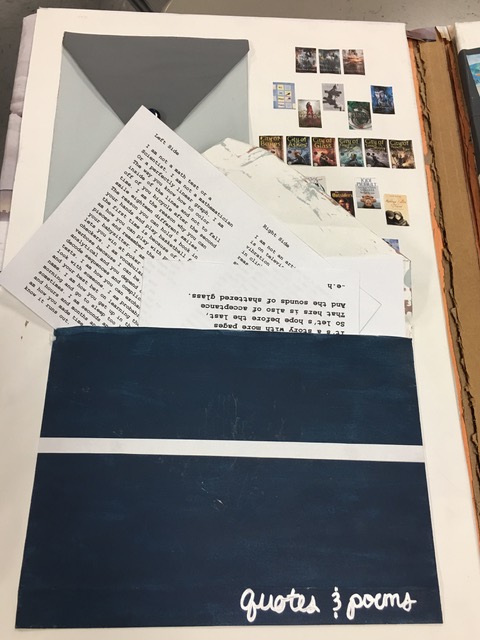
In order for students
and teachers to come to know ourselves as writers, we as teachers can create experiences
with our students in the classroom (and outside of the classroom) that create possibilities for everyone to engage in meaningful writing experiences
and to study the craft of writing.
There is another way, even with time constraints, state standards, and existing curricula that doesn't seem to allow for writing experiences outside of assigning specific types of writing (e.g., constructed response, argument essays, five paragraph essays, etc.). Hopefully the suggestions below can help you begin sowing the tiny seeds to grow more writing and a writerly culture in your classroom.
Seeing Ourselves as Writers
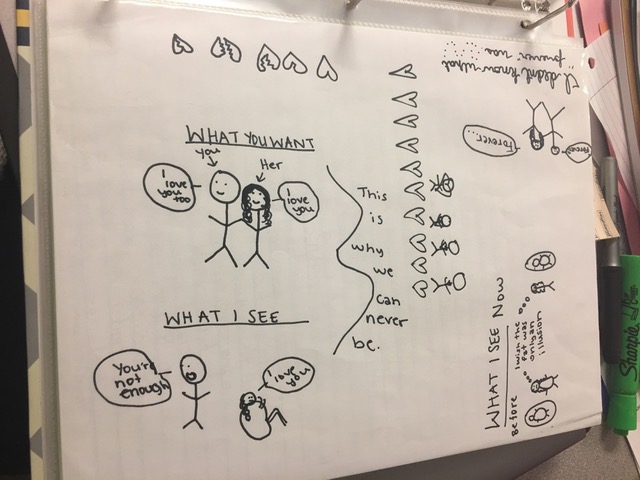
As you begin cultivating writerly practices – and a writerly culture - in your classroom, it is important to talk with students about
what it means to be a writer (which is different for everyone),
what writing can do to and for us and for the world, and how you all might envision writing as a way of being in your classroom. Talk with students about some of the practices you are going to implement, such as writer’s notebooks, daily “free” writing, writing workshop, writing groups, and mini-lessons where you will be studying the craft of writing. Talk with them about how
you see yourself as a writer and
what you want to accomplish in your own writing, and ask them what they hope to accomplish as writers.
What is important here is that we as teachers are engaging in these same practices with our students--that we are also cultivating our writerly voices and sharing our writing with our students so we can all see ourselves as writers.
Resources
Writers on Writing
We get inspired by other writers
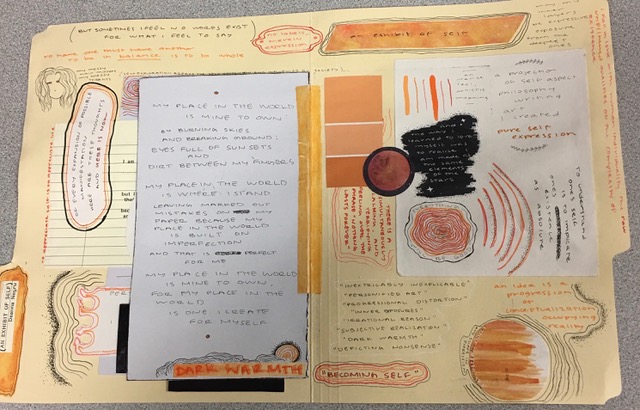
As we begin to see ourselves as writers, it feels validating sometimes to learn about other writers’ creative processes, inspirations and motivations behind writing, roadblocks, nightmares, and experiences with teachers and writing. We love it when we find writers writing about their experiences and what writing means for them. Below are some “Writers on Writing” videos you might consider showing clips of to your students throughout your time together as you all grow as writers and want to dig deeper.
Resources
Incorporate a Writing Workshop into the classroom
We need regular blocks of time for writing every day, or at least every day.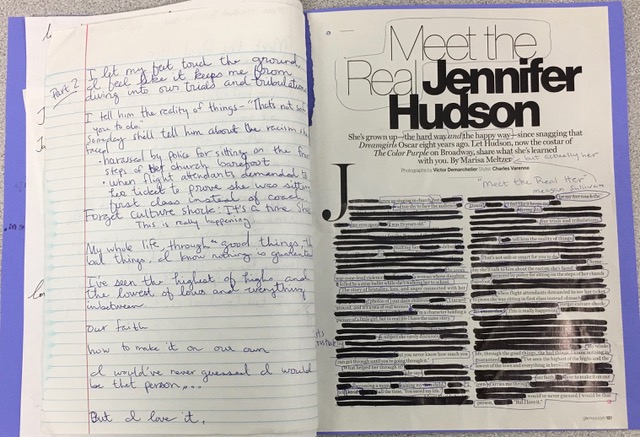
If you decide you want your writing space to function as a writing workshop, it will look different in every teacher’s classroom. Depending on who your students and you are as writers, the space you have, the time you have, the resources you have--all of it--will shape how your particular writing workshop might function. “Workshop” evokes images of the expectation to produce something, but the kinds of things we produce can be very different in writerly spaces than more traditional writing “products” (e.g., 5 paragraph essays, research papers, Bio poems, Haikus, etc.).
Two of the more traditional writing workshop models include:
1) mini-lesson, 2) writing time, and 3) sharing time; and
1) mini-lesson, 2) writing conference time, 3) writing time, 4) writing groups, 5) and sharing time.
What is important to think about is setting up norms and practices in your writerly space that work for your community of writers. How you do it is up to you. Sometimes it might be necessary to introduce a mini-lesson to help students think about a particular aspect of their craft, to introduce a new genre they can try out, or to introduce an editing technique. Other times, students might simply need time to work on an existing piece and/or receive feedback from their writing groups or writing partners or you during conference time.
No matter what, students need time to write as often as they can. Every day, if possible.
As you research more and decide on what practices you will want to include in your writerly space, make sure to jot down ideas for mini-lessons you will teach so students can think about how to engage in those writerly practices (for example, if you decide on writing groups once a month, students will want to establish writing group norms--with your help--and learn how to give each other meaningful feedback on their writing).
Ideas-as-Food for Thought:
- Keep in mind that writing workshop can sometimes become stale or monotonous if students are not afforded time to engage in free writing time. So while the format might work for those who like structure, you will want to think about having dedicated time for students to write whatever they feel called to write before having them practice some specified genre.
- If writing workshop is the way you want to go, researching how others have done it will be incredibly helpful.
Writing Workshop Resources
Fletcher, R. & Portalupi, J. (2001). Writing Workshop: The Essential Guide. Portsmouth, NH: Heinemann.
Hamel, F.L. (2017). Choice and agency in the writing workshop. New York, NY: Teachers College Press.
Jones, S. (2006). Girls, social class, and literacy. Portsmouth, NH: Heinemann.
Lensmire, T. J. (1994). When children write: Critical re-visions of the writing workshop. New York, NY: Teachers College Press.
The Writer’s Notebook
We need a place to take risks, write freely, and experiment as writers.
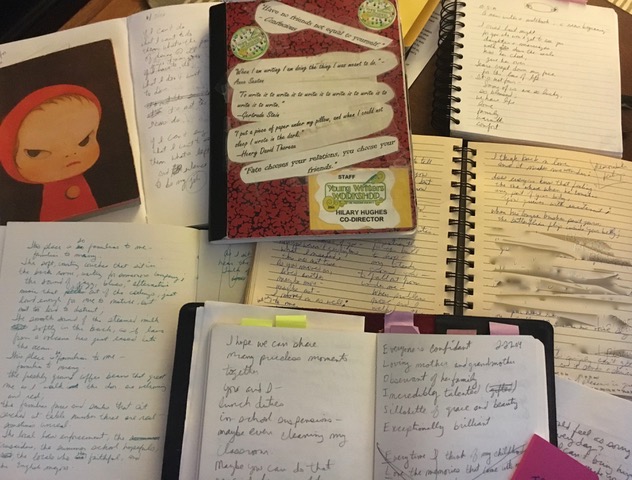
The phrase “writer’s notebook” is meant to evoke a different image than more traditional terms, such as “journal”, “diary”, or even “writing notebook”. The writer’s notebook is not meant to be a space where the teacher invades, grades, or surveils students’ writing. Instead, it is meant to be a space where writers scribble down thoughts, dreams, questions, frustrations, uncertainties, and wonders. It is a space to collect mementos, experiences, and new ideas that may never go anywhere beyond that page. The writer’s notebook should be/become a space for writers to find, cultivate, and grow their writerly voices.
According to Tom Romano (2004),
Voice is the writer’s presence on the page, the writer’s DNA...Sometimes that presence
might be indiscernible, like a clean windowpane. Sometimes that presence is raucous
and spirited, like a roaring fire...Sometimes that presence is subdued and sincere, like
breakfast in a coffee shop after morning rush. Some writers’ presence is aloof and
distant, so abstractly intellectual and fraught with jargon that their words are
impenetrable, like an unyielding brick wall. I’ve read voices that are windy and cluttered
with wordiness and qualifications. I’ve read voices riddled with spelling aberrations,
nonstandard usage, and incorrect punctuation, yet the meaning of the words was
unmistakable, the presence of the writer undeniable. (p. 5)
By allowing the writer’s notebook to be/become the students’ autonomous space, they will begin to covet their writer’s notebooks: they will become more encouraged to embrace vulnerability and take risks in their writing. They will be more open to engage with new genres, new ideas, and new writerly voices.
In order for this to happen, however, we have to provide them with the time and space to create.
How you might invent the Writer’s Notebook:
To begin, allow students to make their own writer’s notebook. One idea is to buy traditional composition notebooks and have students decorate them with pictures of friends, family, quotes/lyrics they like, etc. This is something they can do during class, and they can talk about what they are putting on their notebooks with one another as they decorate them. Once they are finished, you can use packing tape to cover their notebooks to keep them from fraying.
**Tip: Giving students plenty of time and reminders to bring photos from home and allowing them to print quotes/lyrics they like at school will help everyone be more successful when it’s time to decorate their notebooks.
Ideas-as-Food for Thought: Teachers, you will also want have a writer’s notebook. You can make one and bring it in as a model. Then students can see you writing in your notebook each day as they write in theirs.
**Tip: Go to places like Office Depot, OfficeMax, Target, or Walmart. Tell them you are a teacher and want your students to have writing notebooks in your classroom, and ask if they have any composition notebooks they can donate.
Reminder: It is so very important to explain the function of the writer’s notebook within the work you are doing to create excitement and openness in your writerly spaces. When students hear that you will not be surveilling or grading the writing in their notebooks--that it will truly be a space for them to create--they will most likely have an entirely different reaction than if you told them you would be taking up their notebooks once a week to “grade them”. Talking about, modeling, and establishing writerly practices are just as important as the mini-lessons we teach, peer editing, and writing/publishing for authentic audiences. Talking about the function of the writer’s notebook (and then following through on that function) is part of establishing trust with students that you value them as writers and want to provide time and space for them to create.
Mini-Lessons That Create Writing Possibilities for the Writer’s Notebook
What dangerous activity...teaching is. All this plastering on of foreign stuff. Why plaster on at all when there’s so much inside already...If only I could get it out and use it as working material. - Sylvia Ashton-Warner (1963)
Topics of the Heart
Even though daily “free” writing is about providing students time to write every day to write/create whatever they want (
at least 10 minutes a day is a nice habit to get into), writers sometimes need inspiration for ideas. Therefore, your first few mini-lessons might be providing opportunities for students to generate writing topics. A mini-lesson using Georgia Heard’s (2016)
heart mapping, for example is one way to get topics “from the inside...and use it as working material” on the page. Having students generate lists based on larger themes (e.g., Life moment do-overs, frustrations, places that inspire me, people who inspire me, people who annoy me, etc.) can also generate dozens of topics. As students engage with different texts and life experiences throughout the semester/year, they can add to their list of writing ideas.
New Genres
Introducing different genres for students to experiment with is also another way to generate ideas for students when they are free writing. Double voice poems, list poems, stream of consciousness, opinion editorials, Tweets, graphica, mimic poems, memes, tweets, comic strips, satire, letters, fiction, fan-fiction, etc. can all be mini-lessons you begin with, provide mentor texts, and have students try out in the mini-lesson to give them a taste of what it might be like to create in that genre. You can then encourage them to have a running list of genres in their writer’s notebook where they can revisit and add to as they learn about more genres in class and on their own.
Resources to use with Writers’ Notebooks:
Daily Free Writings
We need to have free writing, a lot of free writing.
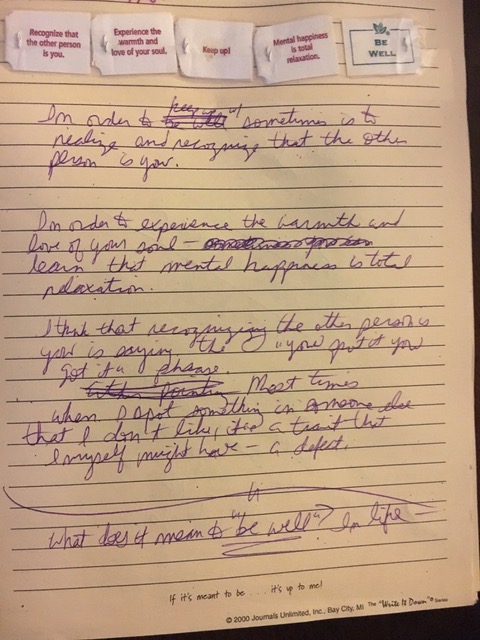
Making Time for Morning Pages or Afternoon Pages or Daily Pages
Some teachers have 55 minutes to teach; others have 70-90 minutes classes. Some teachers have their students all day, and others only see their students every other day or twice a week for a limited amount of time.
No matter how often you see your students or for how long, allowing students to write/create every time they are in your classroom is one of the most important practices to establish in your writerly culture. Any writer will tell you that the best way to become a better writer is to write (and also to read other people’s writing and study their craft – like on the “Reading Like Writers” <add link> page.
Writing every day--or as often as you meet with your students is one way to cultivate and hone our writerly voices and style and definitely create a culture of writing. Many teachers who have not had writerly practices in their classrooms before have a difficult time even considering how we might be able to afford giving up 10 minutes of our class time for writing. This is a legitimate concern. We have so much to “cover” before the end of the semester or before the next standardized test or before whatever other restriction/mandate is placed on us that 10 minutes a day might seem absurd. But those who do have writerly practices in their classrooms will tell you that allowing for these kinds of writing experiences is what creates a shift in students seeing themselves as writers and in their writing, overall.
No matter what you chose for time and how often, make sure it’s as often as possible so it becomes part of students’ expected “normal” in your classroom.
Ideas-as-Food for Thought: Some writers believe that when we are “stuck” (or blocked) we should keep pen/pencil to page (or fingers to keyboard) and keep writing, no matter what. No matter what you write, keep writing for at least five minutes, even if you write that you have nothing to write about. That works sometimes. But other times it can be frustrating and shut down a writer. If students become blocked in one piece, you might also encourage them to look back at their Writer’s Notebook where they have generated lists of ideas and begin exploring another idea. They can go back and illustrate a story or poem they have been working on. They can take a stream of consciousness piece and transform it into a comic strip or a graphic novel entries--anything to keep their creative juices flowing.
This is why it is so important for students to understand they actually have the freedom to work on whatever piece they want during their daily “free” writing time, and it’s just as important to provide opportunities for them to generate ideas they might draw on during that time.
Possible prompts for Daily Pages:
Resources:
Blogs about Teaching Writing
Author’s Chair
We need a real audience for our writing, not just a teacher.
Sharing our writing with an authentic audience is one of the most powerful ways for writers to be and stay inspired to write. Allocating time once a week or every other week or once a month (or, or, or) for students to sign up and share their work can become another coveted practice in your writing culture.
Just like everything else, this will look different in every classroom. Some teachers might allocate 20 minutes every other week, for example, for four students to sign up and share five minutes of their writing. During that five minutes, the student might sit in a special chair that is only meant for author’s chair time, and the student will choose a few pieces to share--or one longer piece. Students know they only have five minutes to share and do not have to use the entire five minutes. Author’s Chair is not a time for revision feedback, it is a celebration of writing and courage and accomplishment. Audience members might jot a few things they liked on a sticky note, or simply give “snaps” when the student is finished sharing. Some students might want some written praise and others might simply want snaps, so you can ask them how they would like to structure their author’s chair feedback and set it up accordingly.
The important thing to remember is following through with author’s chair, just like daily writing, writing group meeting time, etc. If students have a calendar and can sign up for the designated author’s chair dates, that also gives them another reason to write.
Writing Groups/Partners
If you choose to establish writing groups/partners, they can serve several purposes. Students can learn to provide meaningful feedback on their peers’ writing, and reading and providing that feedback on others’ writing will contribute to their own writerly growth. Like everything else, dedicating time and space for writing groups or writing partners is key. If students know they will meet with their writing groups every two weeks, for example, then they also know they will need to have a solid draft of whatever they are working on before their writing group meeting.
Having a few mini-lessons on establishing norms for writing groups will also be important. Modeling, norming, and renorming how writing groups function and how they need to change to meet the needs of writers are practices that are important to weave into your writing culture.

